Restoring our rivers is crucial for a healthier, more resilient planet. It boosts biodiversity, mitigates the impacts of climate change and improves water quality. River restoration is a tangible way of making a difference to the natural world and our local communities.
Giving our rivers space - why is it important?
Rivers are naturally dynamic and like to meander and move. By widening their corridors, creating resilient riparian habitats and giving them space to migrate freely, we can help rivers to function more naturally.
A more naturally functioning river with plenty of windy bends has many benefits for both local wildlife and communities. By ‘slowing-the-flow’ in this way, rivers are better able to adapt to future climate change and reduce flooding risk. Furthermore, we can reduce rates of riverbank erosion that lead to high levels of silt input into the watercourse, smothering river gravels and threating species such as the precious freshwater pearl mussel and Atlantic salmon.
What are we doing?
Our projects have been creating an array of different habitats within and surrounding river corridors, creating ‘buffer strips’ that give a river space and help to reduce pressure from adjacent land-use. Working in partnership with the farming community we are widening our river corridors by creating woodland, scrub and rough grassland.
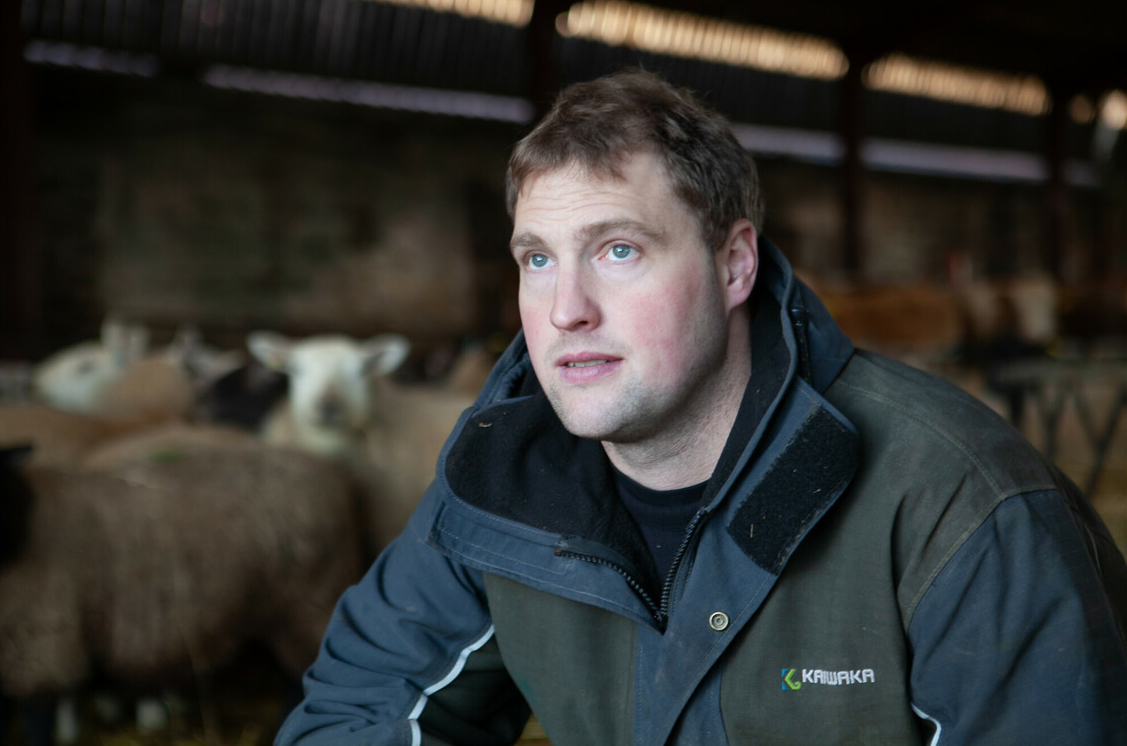
Paul Jones, of Biggin House Farm, is one individual we've been working with. He was granted funding through our Coastal Stream Restoration grant to create two ‘buffer’ strips along the beck that runs through his farm. This involved fencing off two sections of the river to prevent grazing and for the planting of native broadleaved trees, such as willow, rowan, oak, hazel and sycamore.
Read more about this work in our latest blog post
Creating a more natural river
In-channel modifications and their impacts
Throughout history, humans have modified our rivers by building in-channel structures including culverts, bridges, weirs and road fords. This has led to stretches of watercourse becoming restricted, unfunctional and disconnected from the wider catchment.
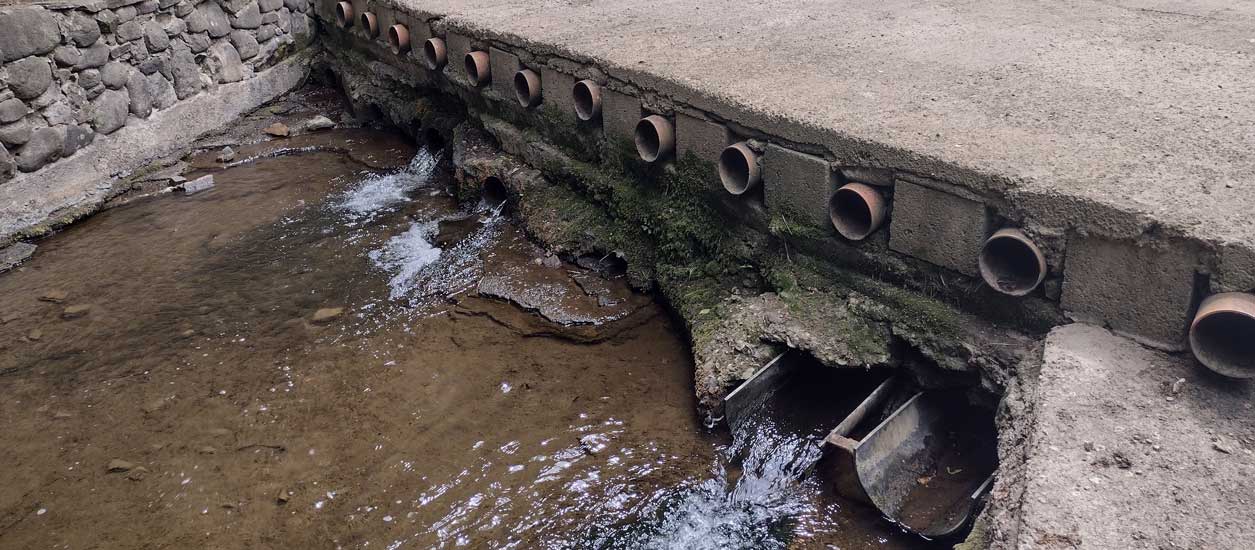
These modifications also create an obstacle for migratory fish, limiting their movement up- and down-stream and posing a threat to their populations. The Esk is home to migratory Atlantic salmon, sea trout, European eel, and sea lamprey, all of which depend on accessing up-stream habitat and breeding grounds.
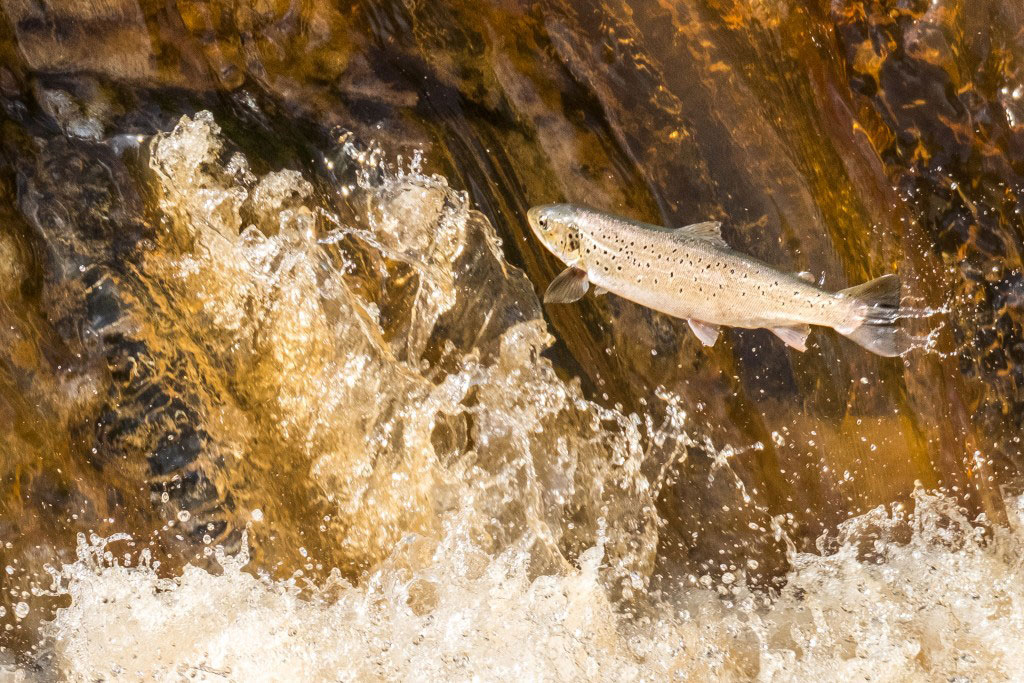
Reconnecting our rivers
We have multiple projects across the Esk and Coastal Streams Catchment looking at addressing these in-channel structures, whether it be complete removal and re-naturalisation of the riverbed, to modifying them in some way to improve the natural flow of the river and the sediment it transports. These projects open-up and re-connect our rivers, helping to support key migratory fish species who rely so heavily on up-stream gravel beds to spawn.
One example includes our work with Salix, a specialist river restoration company, to restore a section of the River Esk as part of our Esk Restoration Project and Water Environment Grant. This vital work aims to prevent further bank erosion and sedimentation, which in turn will improve water quality and the spawning habitat of Atlantic salmon and sea trout.
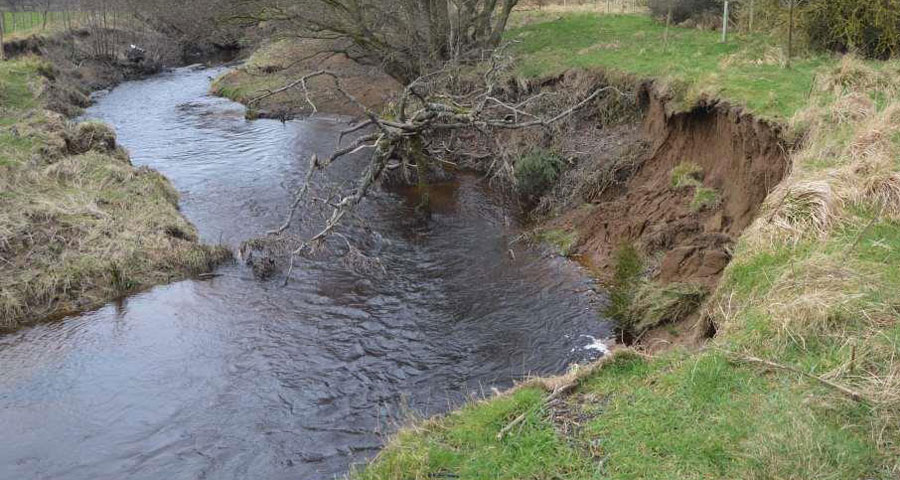
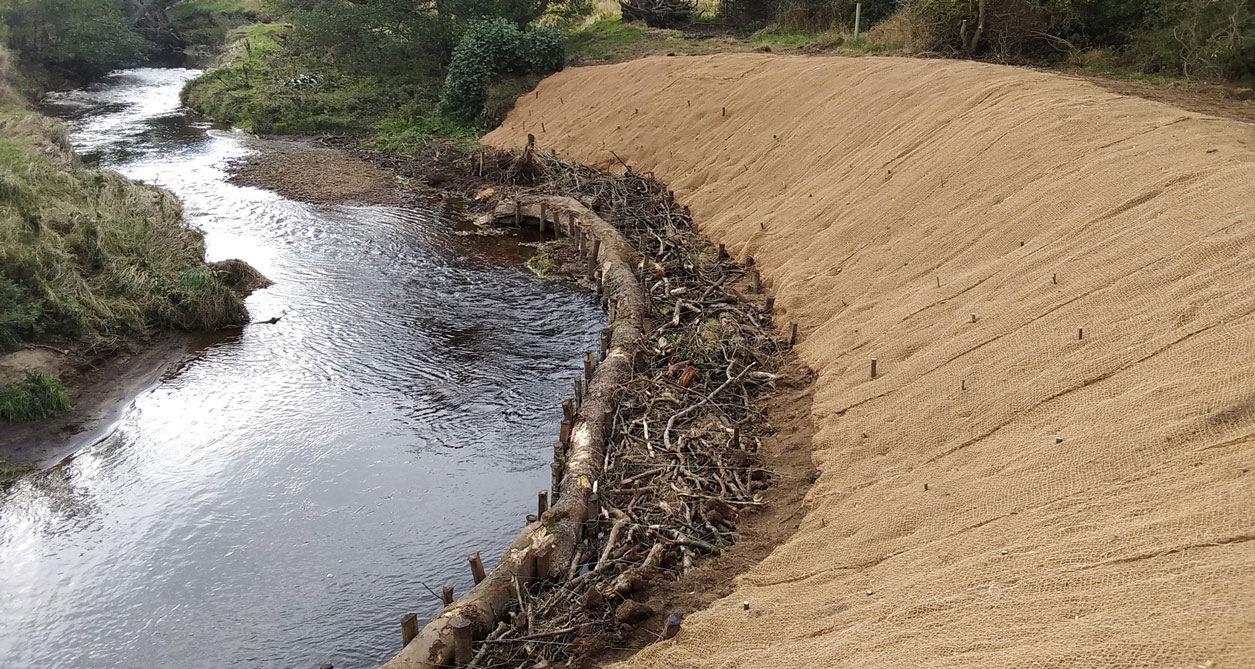
To monitor the impact of our projects, we have a dedicated team of volunteers on-hand who help to survey their populations; see our ‘Volunteering and citizen science’ page to read more.
Adding life to the landscape
To enhance the river corridor and surrounding landscape, we have been creating robust and resilient habitat in and around our watercourses. We have created long lengths of diverse hedgerow helping to intercept over-land run-off from adjacent land-use, swathes of mixed deciduous woodland, and rough or species rich grassland that filters and retains water. These interventions reduce river pollution and improve water quality, whilst adding habitat, food, and shelter for local wildlife. This work wouldn’t be achievable without the helping hand of the Esk volunteer group who join us regularly to plant, manage and create these habitats.
